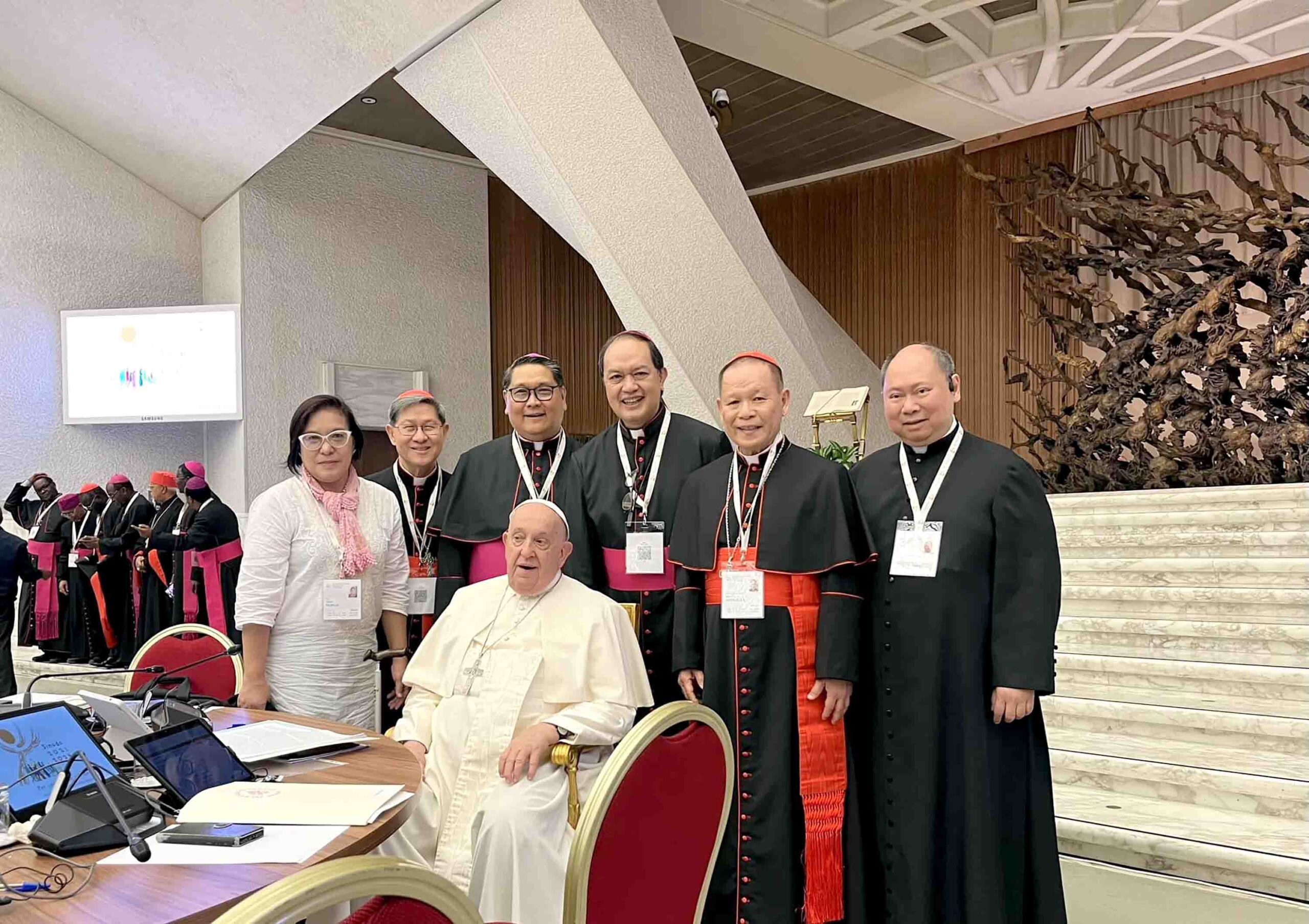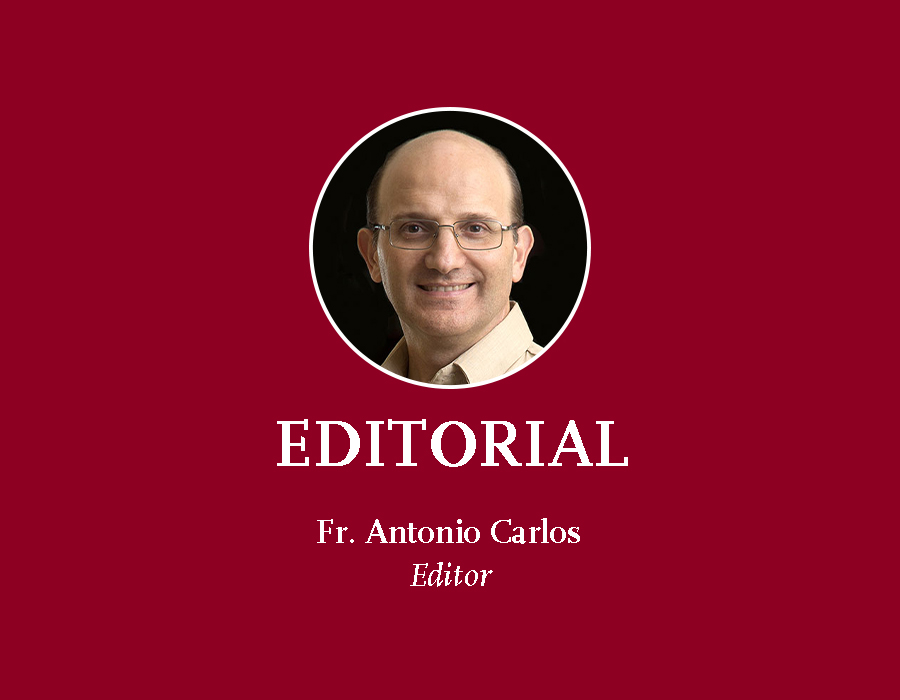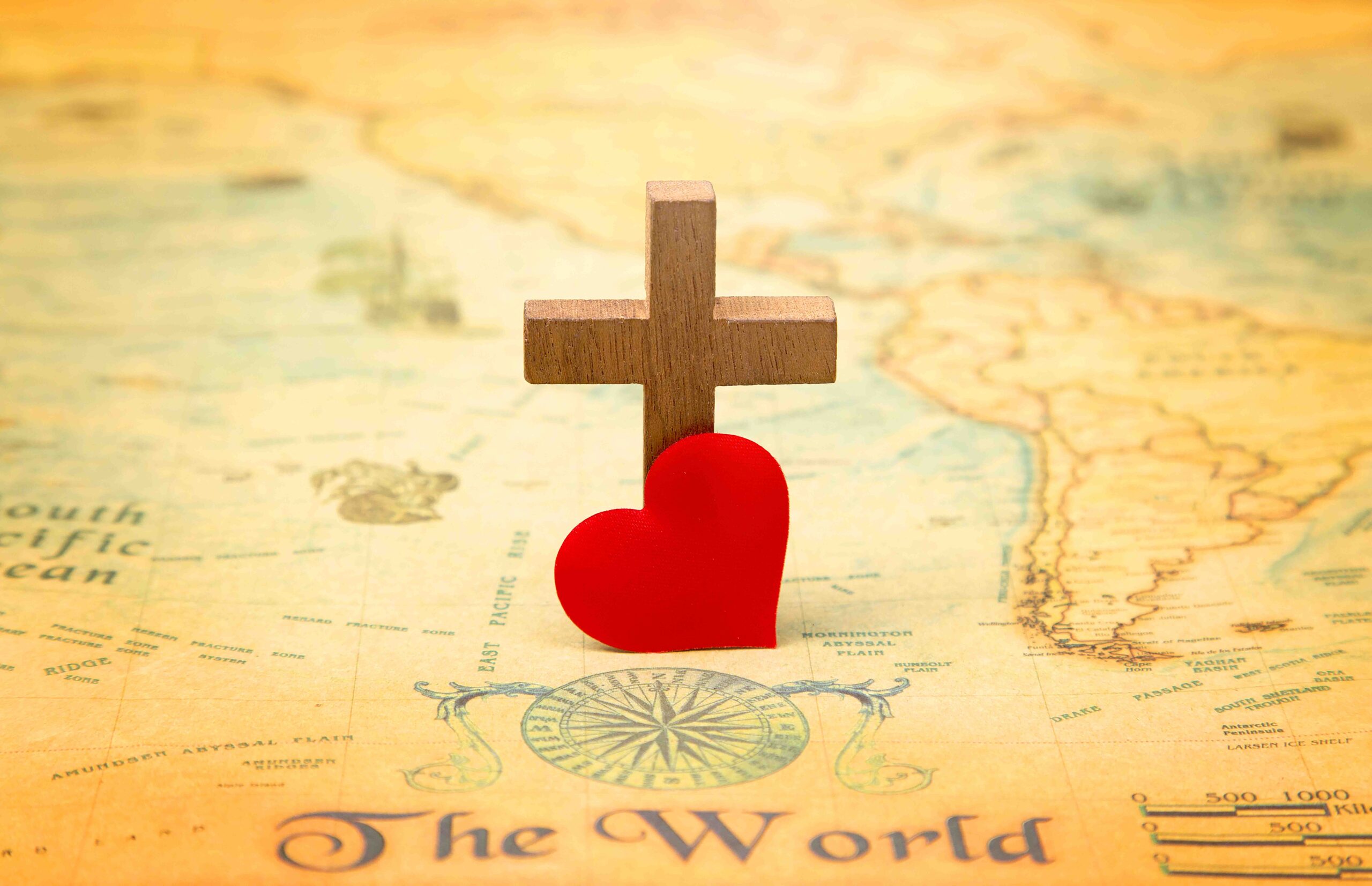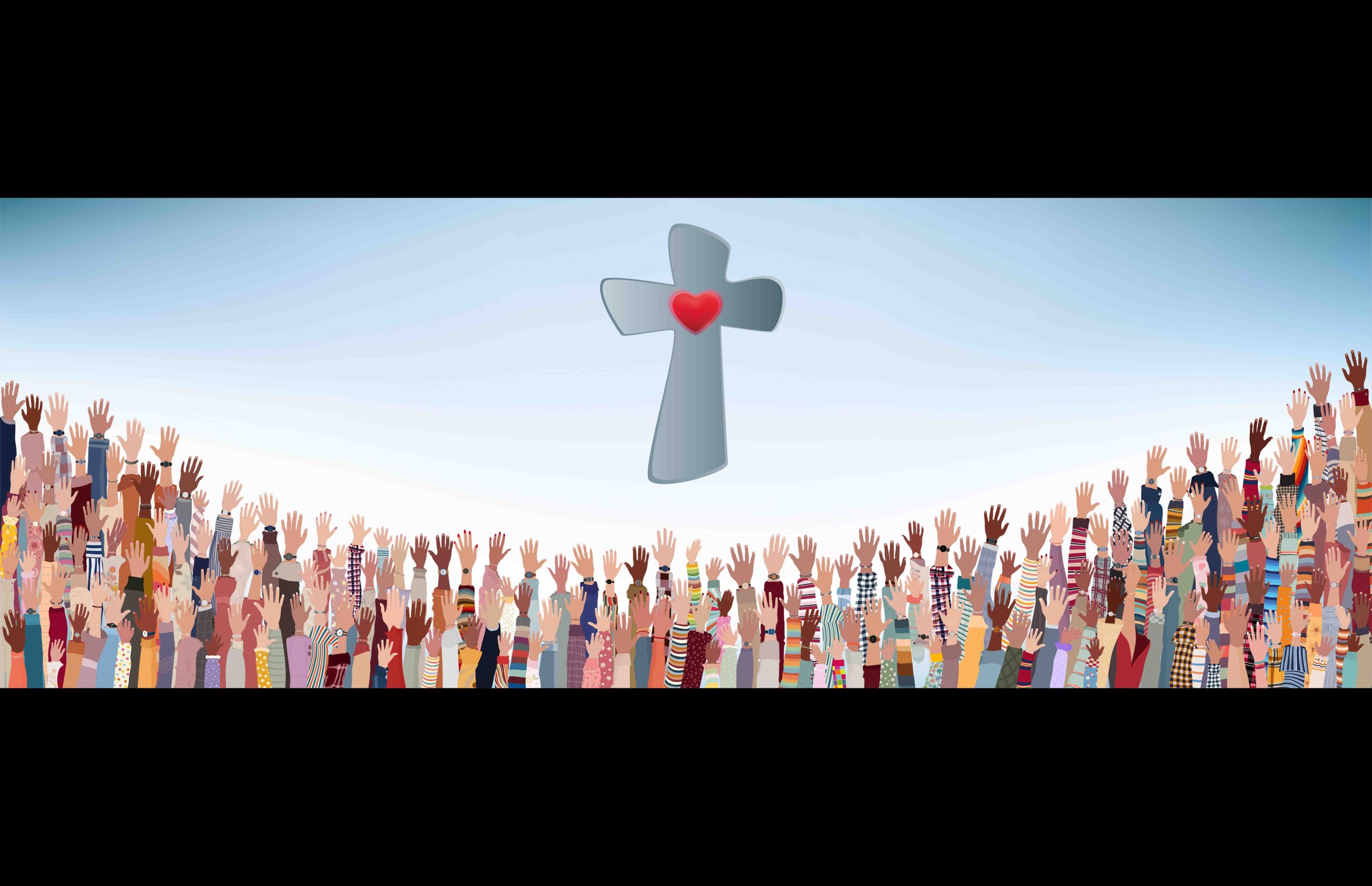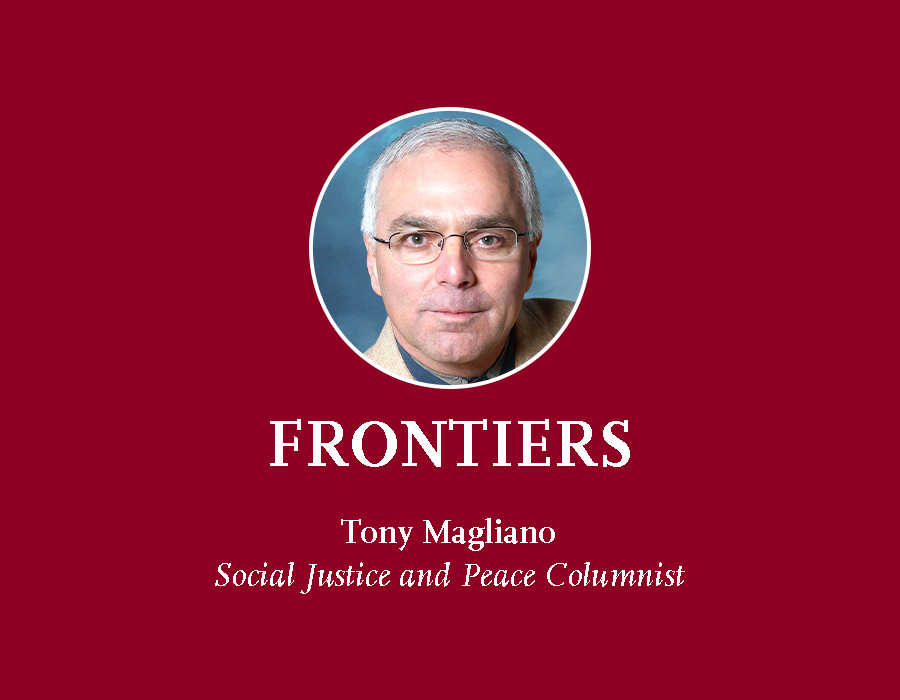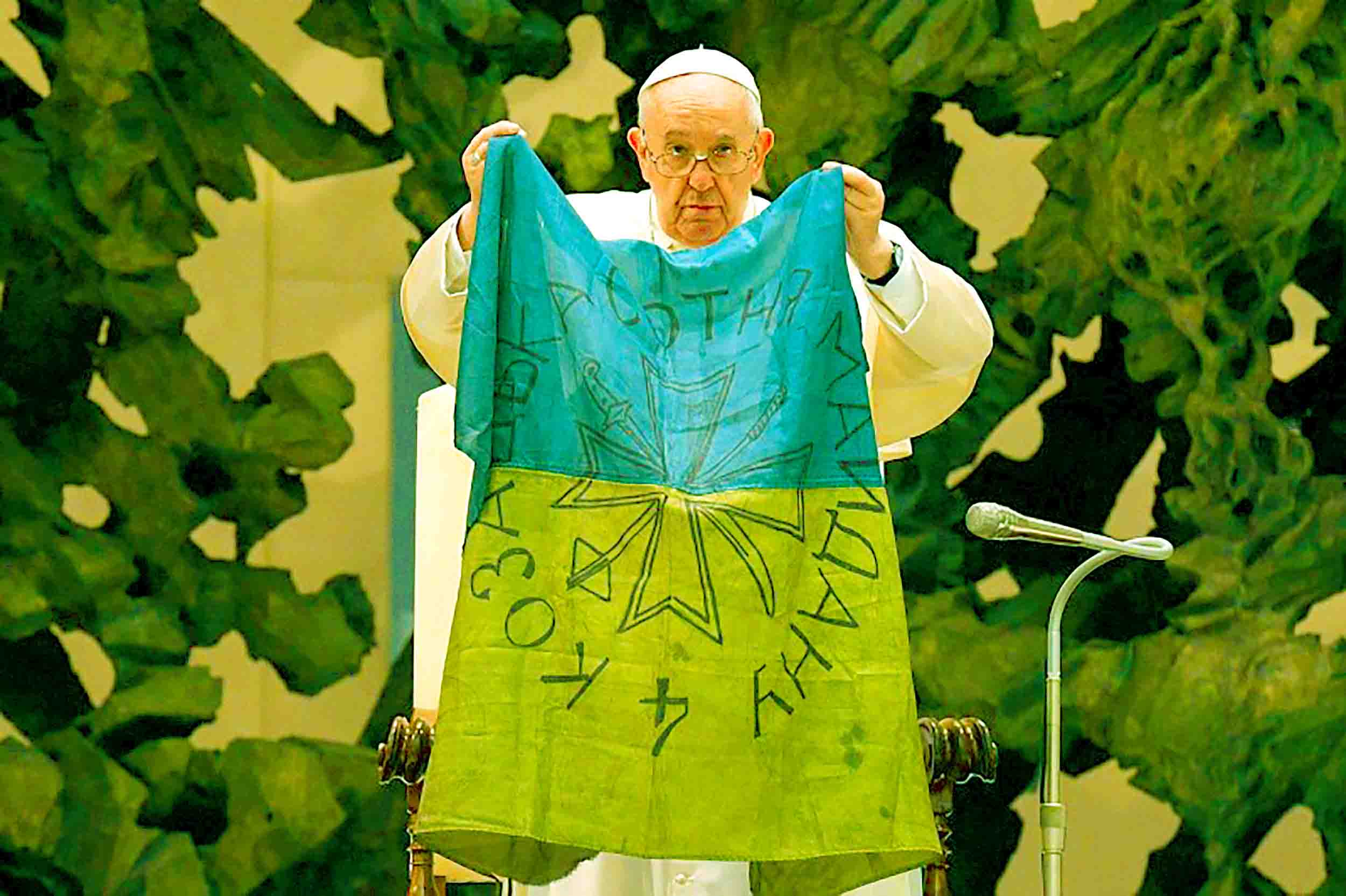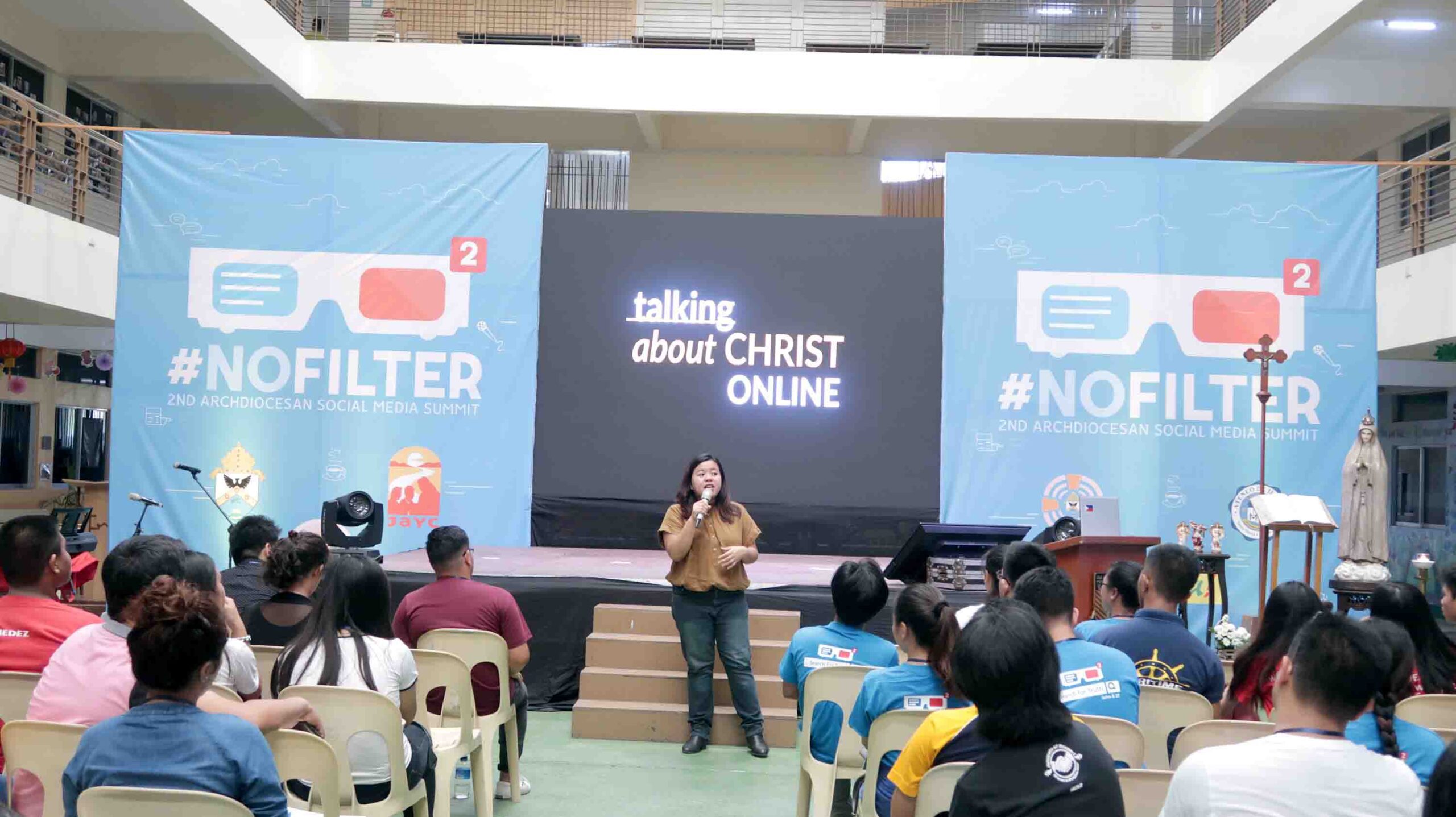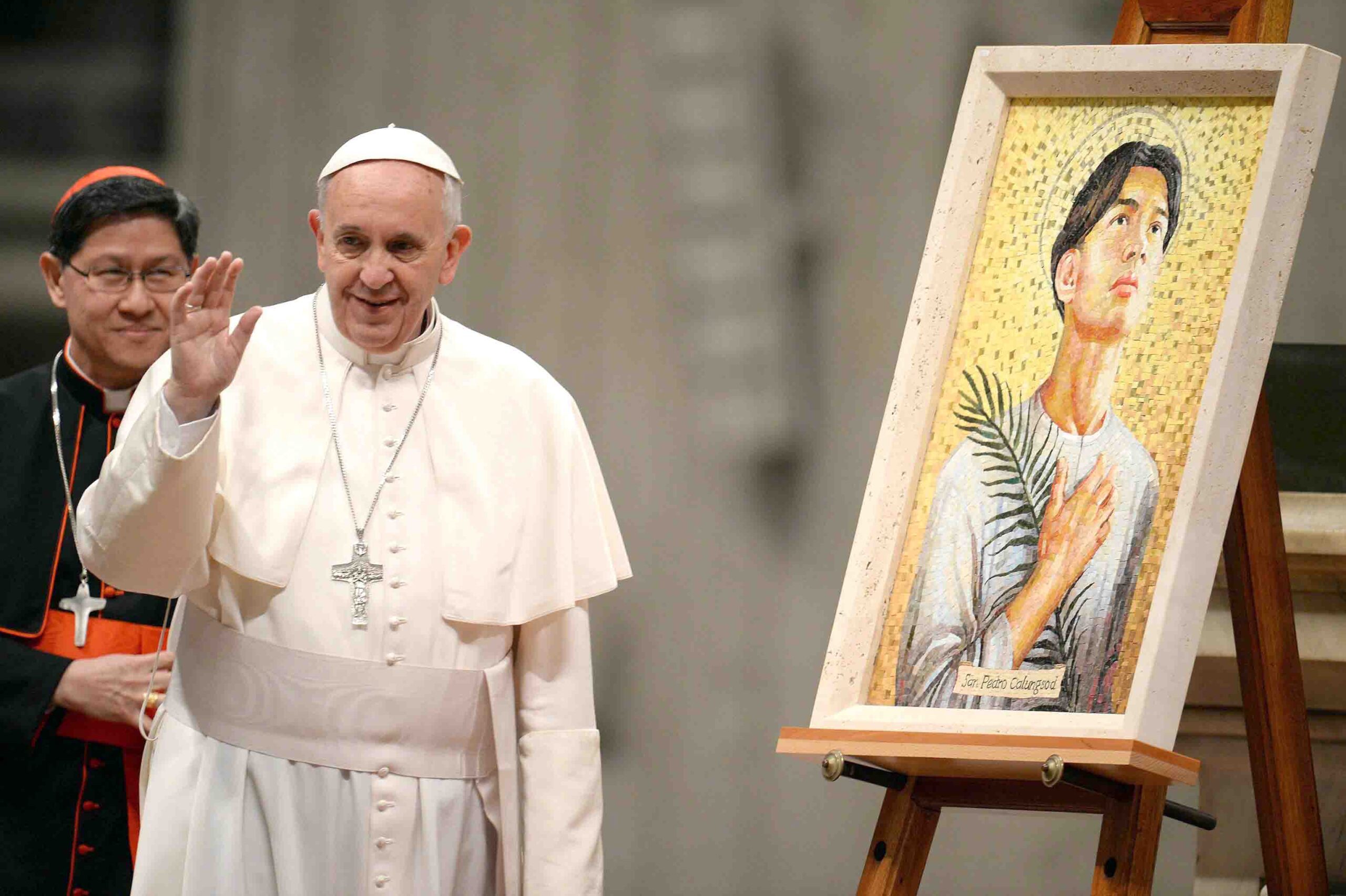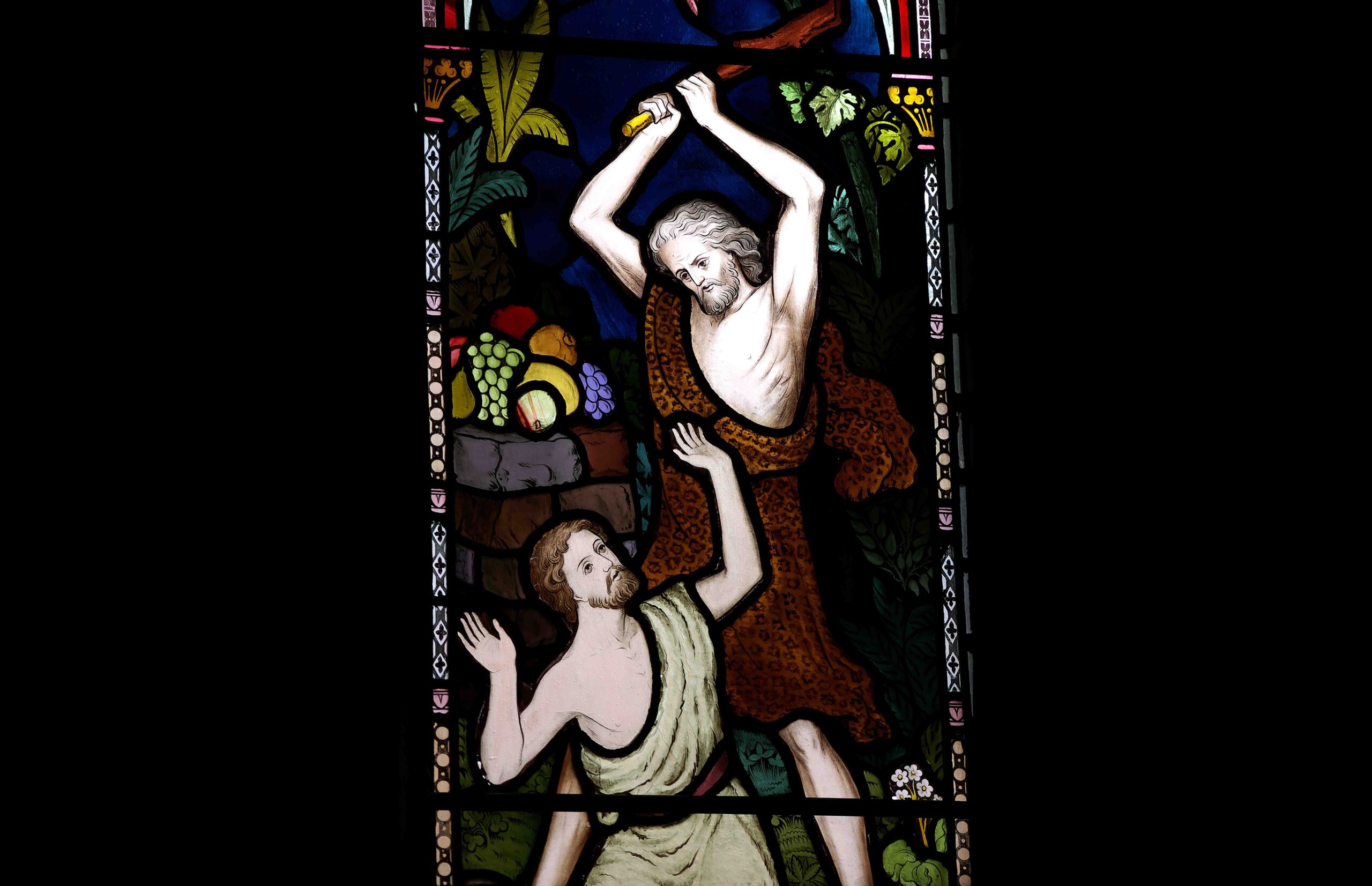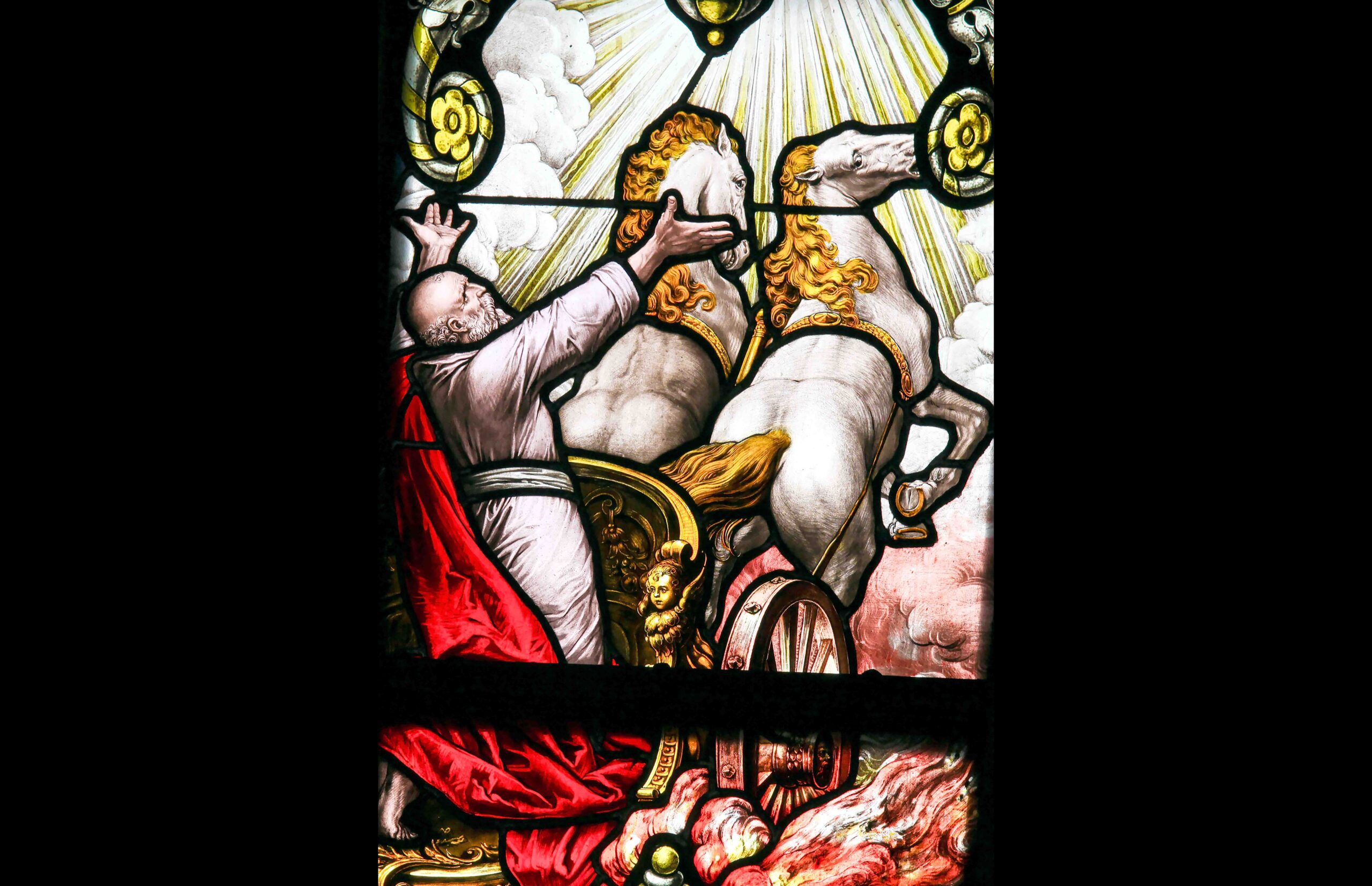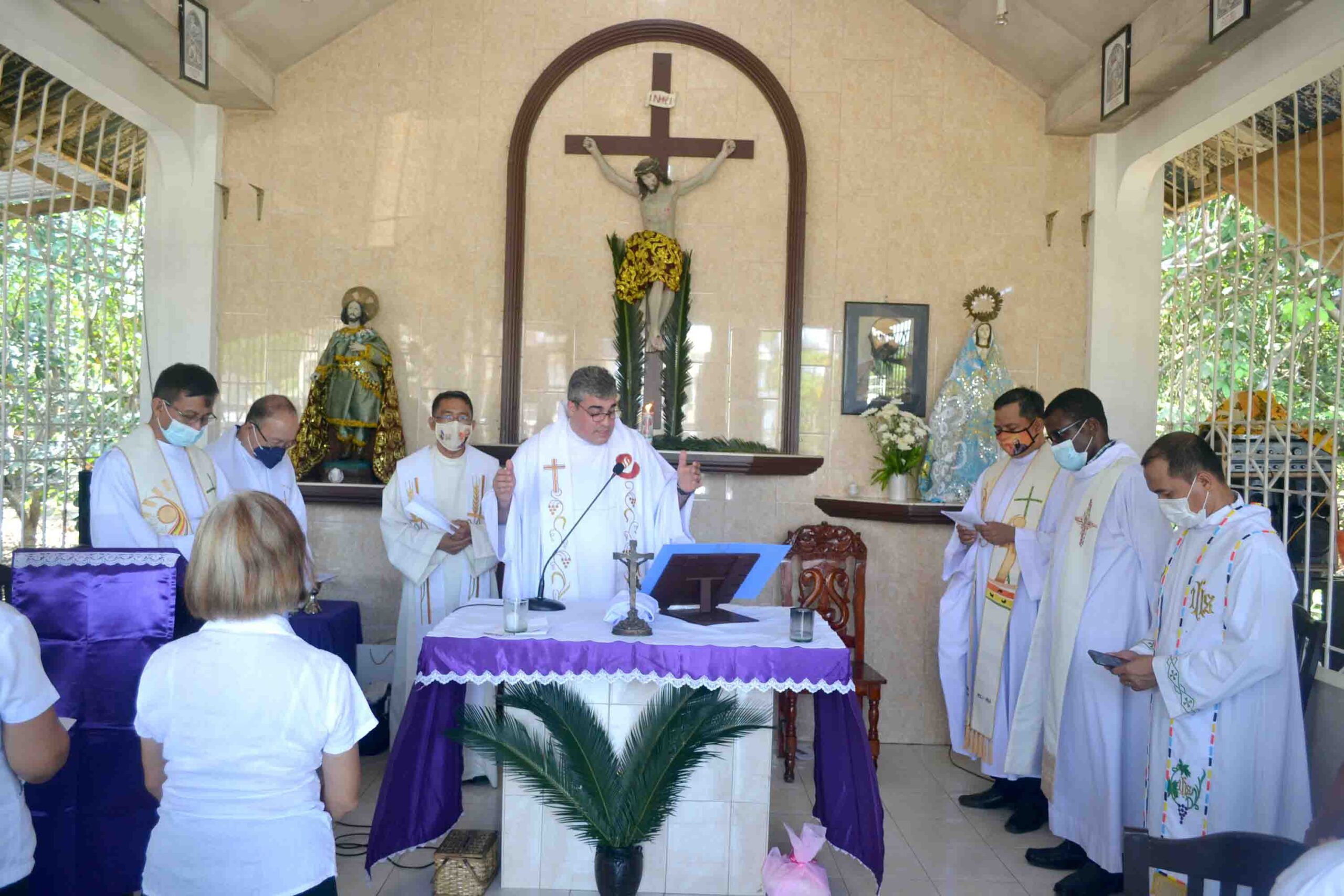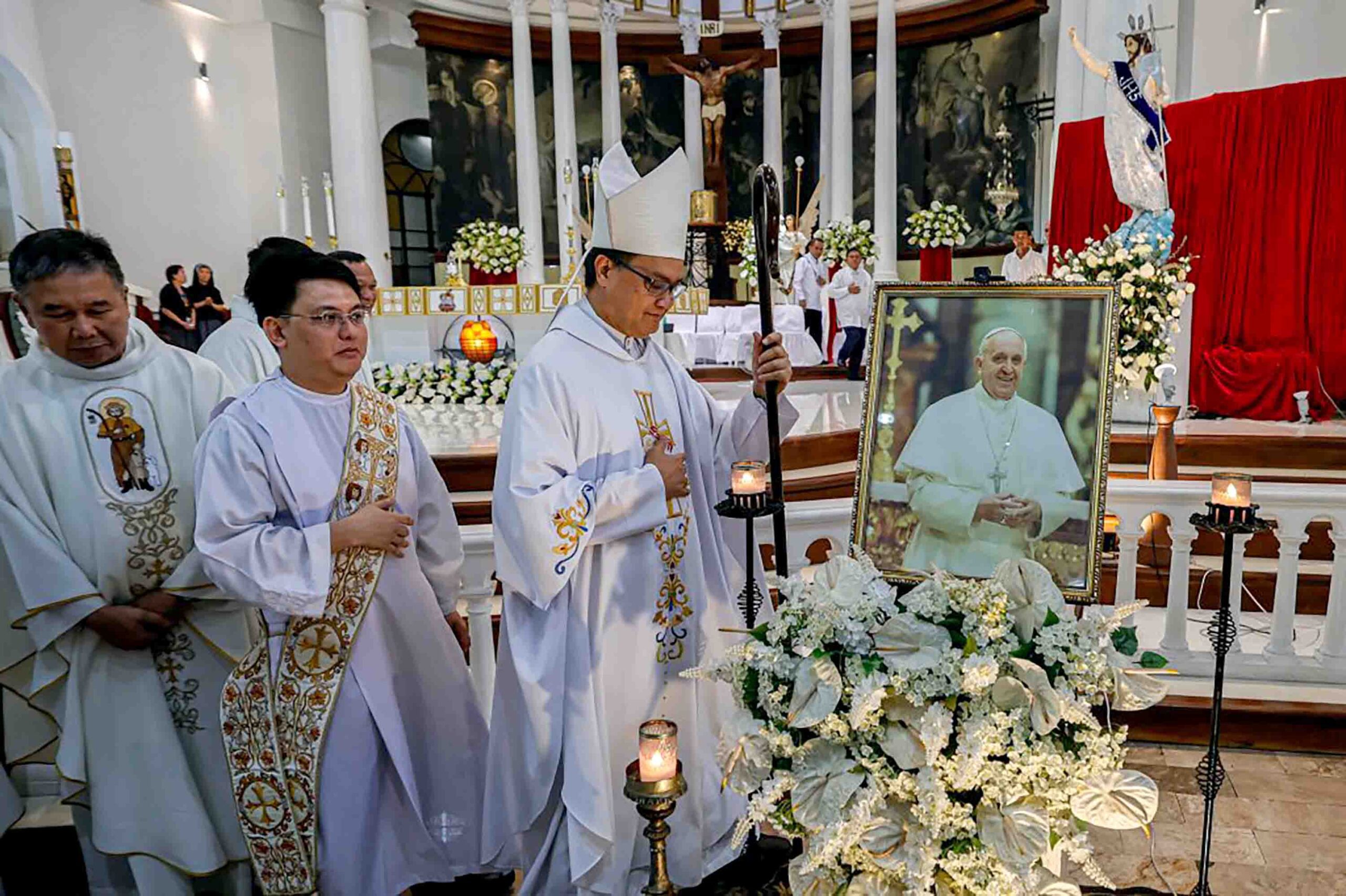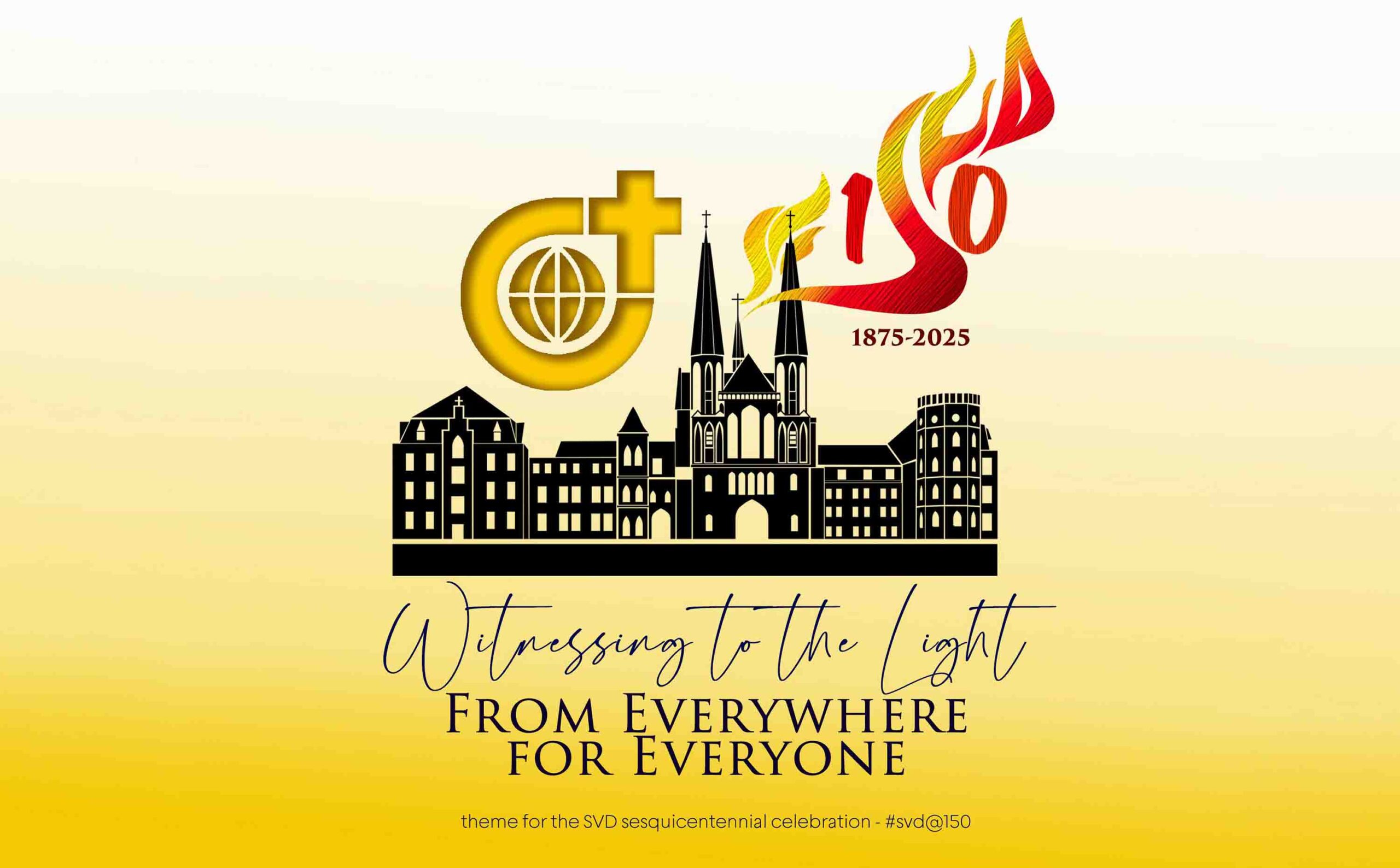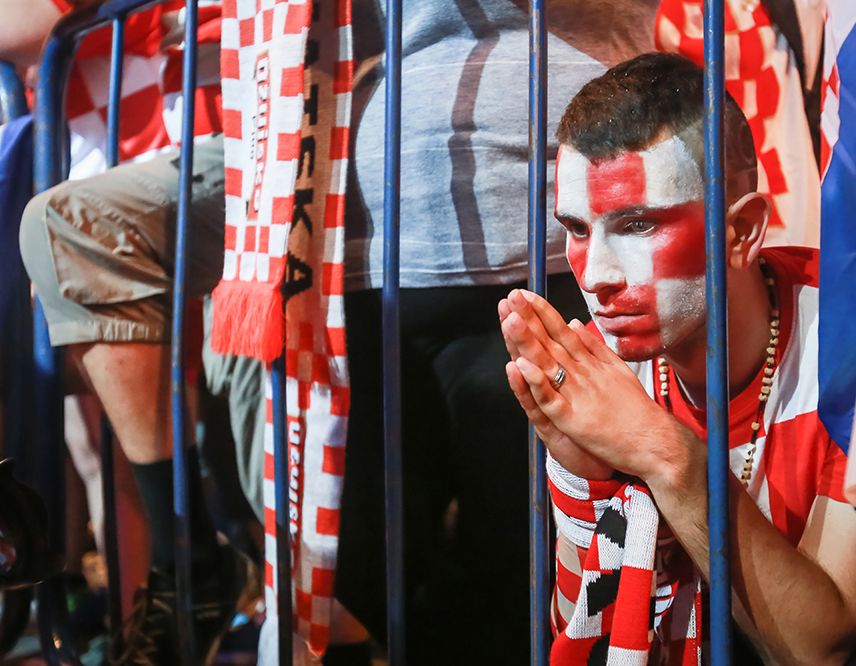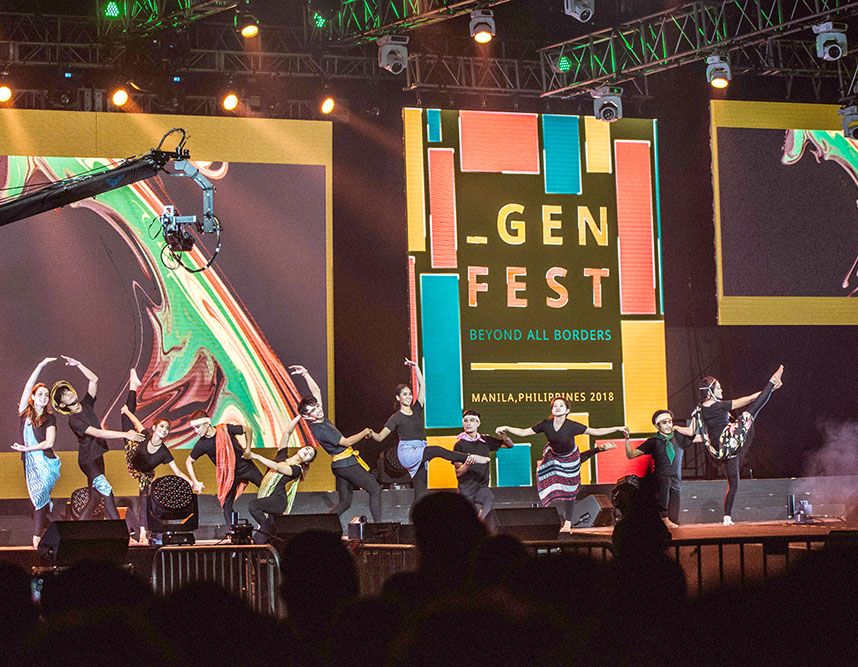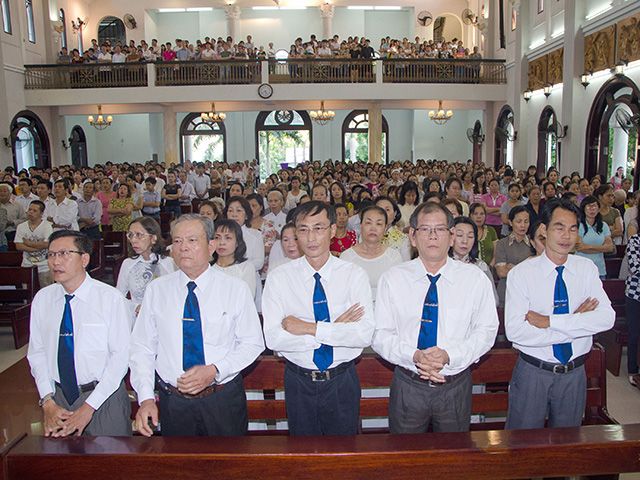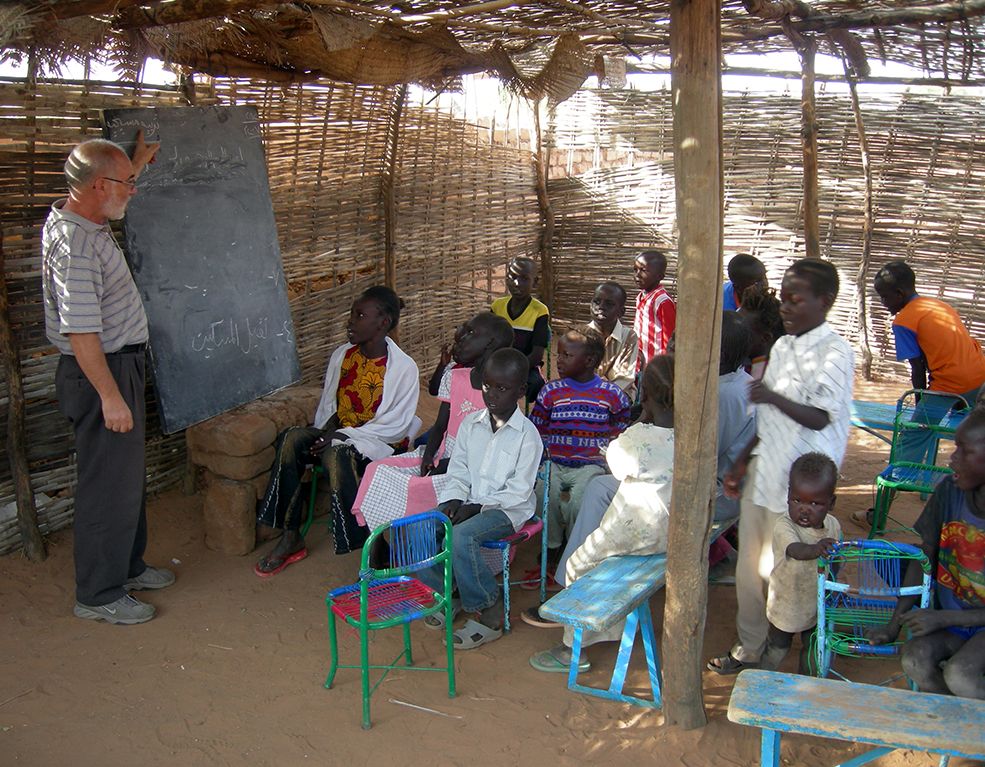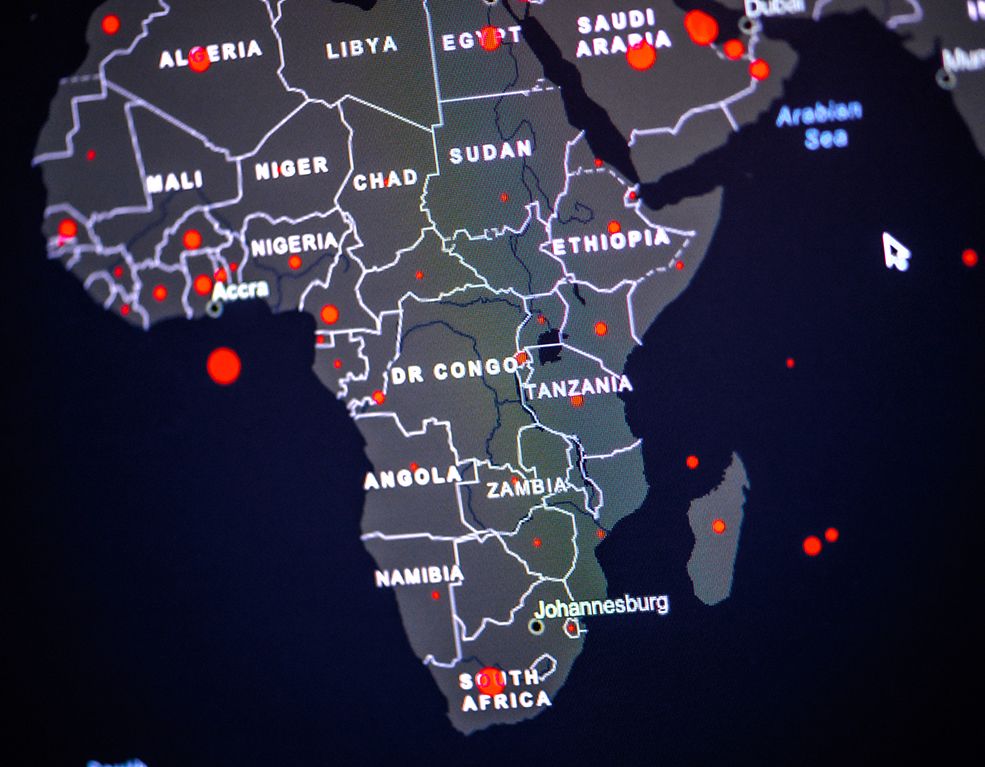The Catholic Church entered the new millennium carrying pastoral loads too burdensome on the shoulders of one man, the Pope. The conclave of 2013, which elected the first Jesuit pontiff, took place in one of the lowest moments in the social standing of the Roman Curia, with its credibility in shreds and the Catholic hierarchy eating the dust of its own mess. The eligible electors of the Pope were asking the pertinent questions: What would it take for the successor of Pope Benedict to solve the ecclesial crisis?
Consider this. When the Bride of Christ is in crisis, the whole world feels the agony. It is because the Catholic Church, both a human and a divine institution, is a humongous organism of a billion and more members that cannot just walk away from its global status and universal responsibility. It is not just any crisis; it is the biggest crisis since the 16th-century Reformation.
The dirtiest scandals demanded purification, not discussion. When the Hippocratic principle of “extreme measures for an extreme disease” is invoked, Ecclesia ad intra reforms could only be done either by calling an ecumenical council or by some sort of extraordinary deeds of an extraordinary pontiff.
Upholding our belief that “with men this is impossible, but with God all things are possible” (Matthew 19:26), Pope Francis–in a wheelchair, or with a walking stick, or inside his hospital bed–performed the duties assigned to him by Christ as His Vicar on Earth.
SYNODAL AND MISSIONARY CHURCH
First, Pope Francis adequately addressed clerical sex abuse and its cover-up, and firmly dealt with offenders by institutionalizing reforms to bring justice to the victims and protection to minors and the vulnerable, thus securing a better future by eliminating the grave threat of the moral monster of sex abuse.
Second, he effectively solved all financial corruptions, well, almost all, involving the Vatican and other dioceses, and adequately addressed the bankruptcy and institution-survival issues worrying some dioceses across the globe by institutionalizing all changes in canonical structures and systems pertinent to transparency and accountability.
Third, he restored the Church’s credibility and strengthened the moral authority of bishops, in a way that prevented further increases in the number of Catholics leaving the Church or becoming cold and indifferent, particularly young people.
Fourth, he brought back to the consciousness of the faithful the dignity of the Holy Priesthood, consecrated life, and the Catholic hierarchy, and slowly but effectively promoted more priestly and religious vocations in many nations to address the scarcity of priests and missionaries.
Fifth, he transformed the Roman Curia, the Holy See, and other hierarchical structures for the purpose of providing genuine service, servant-leadership, and impeccable assistance to the Supreme Pontiff in the day-to-day exercise of his spiritual, canonical, and pastoral governance of the universal and local Churches.
Nihil rapiens, omnia dans, “taking nothing, giving everything,” is how most people describe the new Roman Curia after Pope Francis issued Praedicate Evangelium in 2022, the apostolic constitution that reforms the Church’s central government. As he intended them to be, the new Roman Curia, the Vatican City-State, and the Holy See today are now composed of diverse staff and officials, mostly young and dynamic professionals, who seem more vibrant than ever and service-oriented as they labor in the Lord’s vineyard.
DISCERNMENT AND CONSULTATIONS
Sixth, he tackled with discernment and massive consultations with experts the most controversial signa temporum, signs and demands of the times, and contemporary issues, such as the elimination of clericalism and the vestiges of triumphalism in the Church, the widest participation of the laity, especially women, and those in the existential peripheries, and the pastoral care of migrants, divorcees, and LGBT-plus communities, inter alia.
Seventh, he pursued the new evangelization to the highest level, urged continuing formation and education that are more creative and vibrant, provided greater leadership roles for the laity, and pushed for more innovative ways of doing synodality in the local churches, which is a new way of being a Pilgrim Church.
Finally, Francis convened the Synod on synodality, which was described as the culmination of his papacy and the most important event in the Catholic Church since the Second Vatican Council. He inspired global Catholics, the entire People of God, to join St. Peter’s successor and the bishops in championing change as we all march forward to a Spirit-filled and renewed Christian community–a synodal, dynamic, inclusive, and missionary Church.
Needless to say, these and other untold and extraordinary feats that he did are ultimately for the renewal of Christian life and ministry, the salvation of souls, and the glory of God. Laus Deo!
José Mario Bautista Maximiano is the lead convenor of the Love Our Pope Movement (LOPM) and author of the book Church Reforms 3: The Synodal Legacy of Pope Francis (Claretian, 2025). Church Reforms 1 and Church Reforms 2 are available in Lazada and Shopee. Email: jomaximiano@gmail.com

